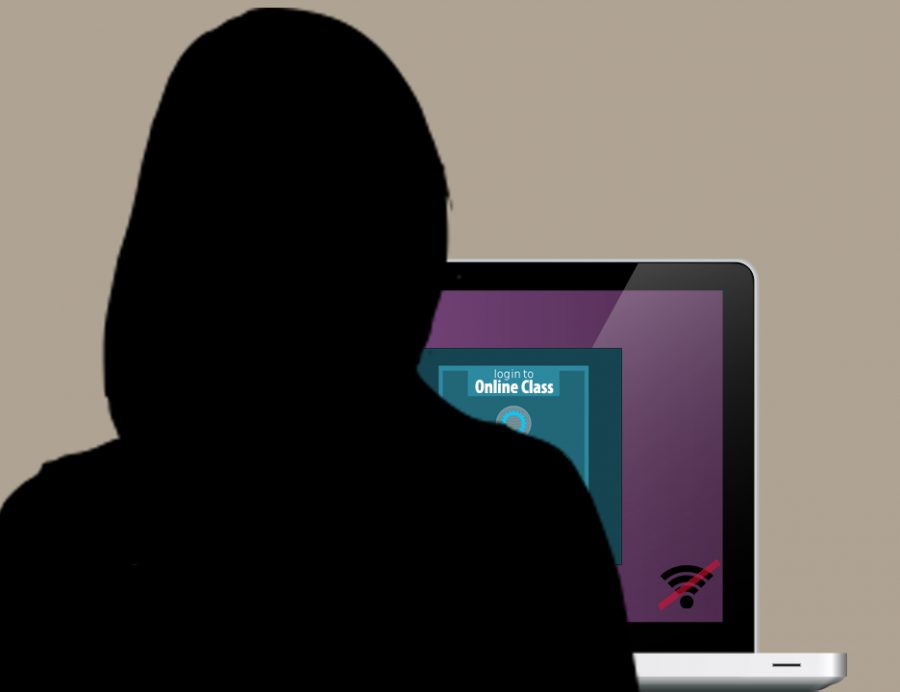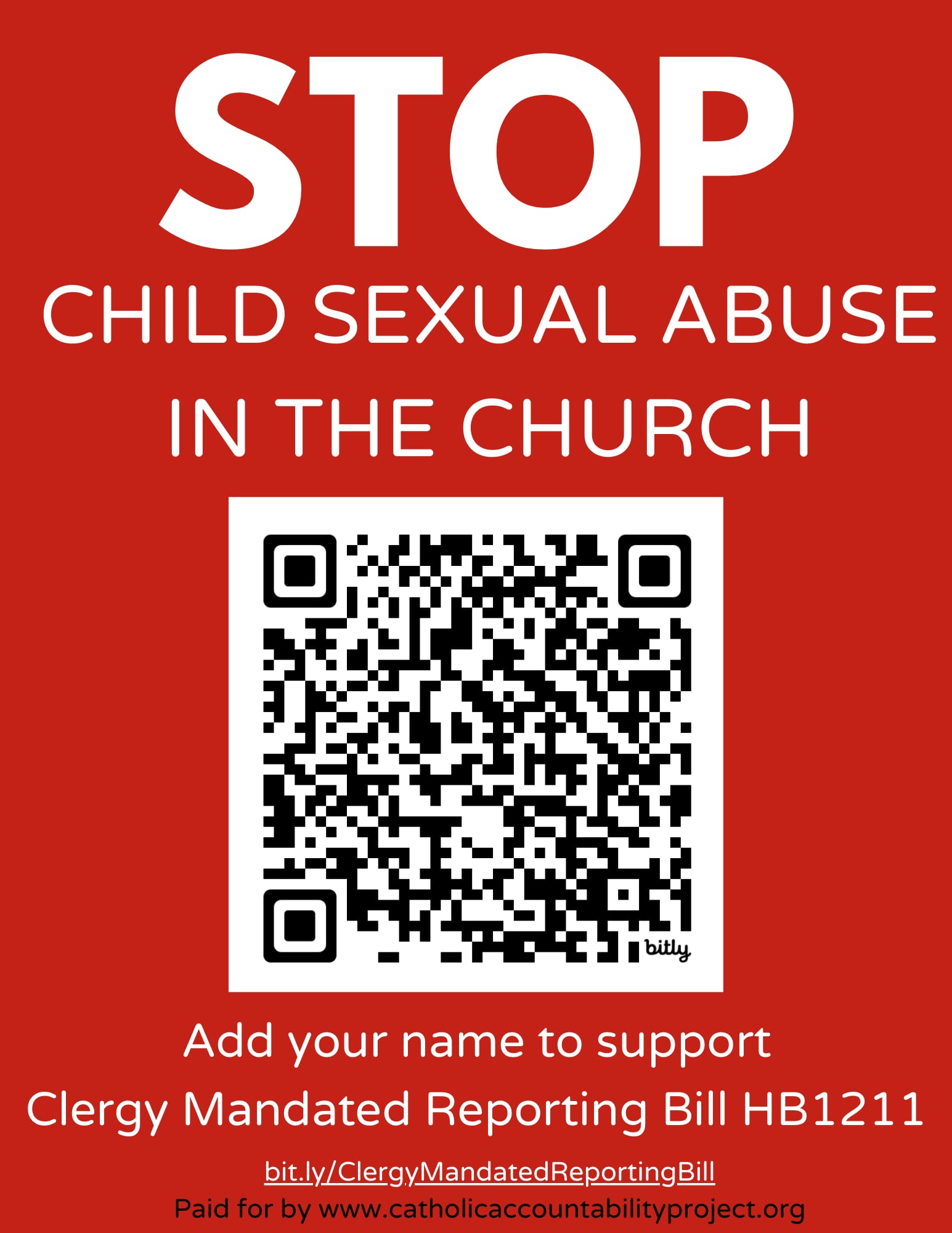OPINION: Online learning hurts rural students
Students in rural areas may not be able to take advantage of all the online learning colleges are offering
Wi-Fi issues, resource allocation, lack of electronics — these are all problems affecting rural students with little to no access to the necessities that go along with online school and college courses.
September 16, 2020
The world feels like it’s ending. The stress of economics, pandemics and now fires affect most students and families in Washington. These stresses also affect education for students, especially those in rural areas.
Around 57 percent of school districts in America are rural, as of 2010. Rural communities are those that have less than 600 students or are in a city of fewer than 2,500 people. Even though a majority of districts are rural, more students attend schools in urban and suburban areas. Thus laws and resources mostly exclude rural students.
John Lupinacci, associate professor in WSU’s College of Education, co-hosts a podcast and radio show called “BustED Pencils,” where they go over many topics related to educational inequalities. Lupinacci said rural students can be at a disadvantage during this time.
“If we’re talking about rural poverty, it’s not only there’s a lack of access to high-speed internet, but resources available for high-speed internet are not local,” Lupinacci said. “That could be an issue for … rural students.”
Additionally, resource allocation is stacked against students — things like food and supplies are harder to get.
“One of the challenges might be infrastructure to support Wi-Fi, distance in traveling to things,” Lupinacci said. “We say in a pandemic you don’t want to move around a lot, but for somebody in rural situations, getting food is not as easy as it is if you’re in an urban or suburban area.”
Lupinacci said 22 percent of students in Washington lack adequate internet access to a high-speed connection and another 15 percent lack devices necessary for remote learning.
Kristin Huggins, associate professor for educational leadership in the College of Education at WSU, co-authored a book called “Developing Rural School Leaders: Building Capacity Through Transformative Leadership Coaching.” Huggins said there are some gaps in learning students might see after the pandemic.
“We could see students taking longer to graduate and possibly matriculate into college or career, especially depending upon how long virtual learning continues,” Huggins said. “Thus, we may see gaps in student learning across the board, regardless of the mode of delivery.”
Many rural communities around Pullman are now suffering due to wildfires, on top of other pressing matters this year. Huggins said students who are in a situation struggling to balance life and school should reach out to classmates and teachers.
“I think what is important right now is that students find what is working for them in engaging in learning, and continue to reach out to their classmates and teachers to get assistance with learning, possibly, and maintain connections,” Huggins said. “Even with my adult students, I ask them, ‘What is bringing you joy right now?’ It is essential at this time to focus on things, people and situations that bring us joy.”










